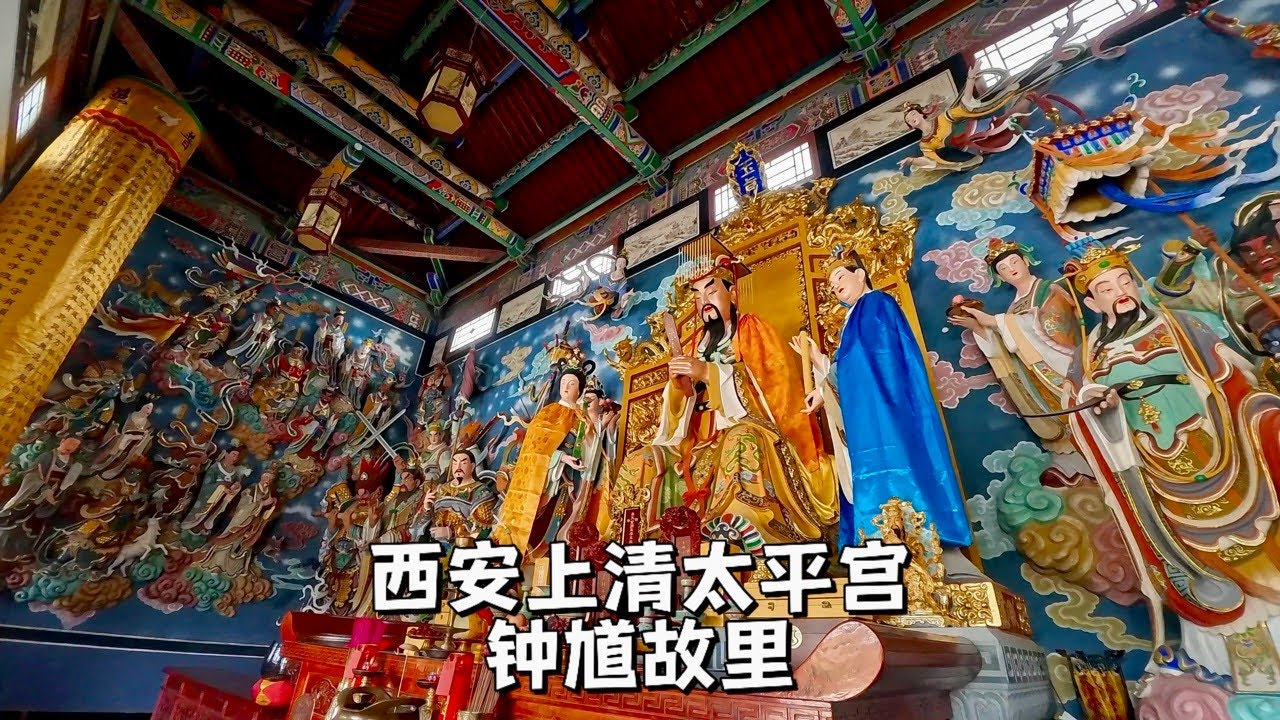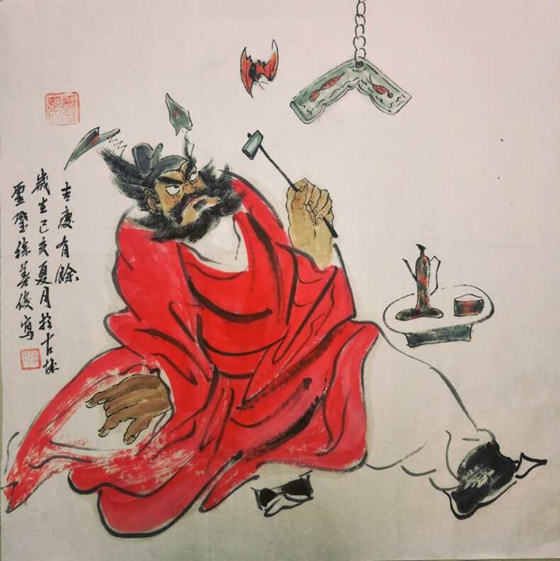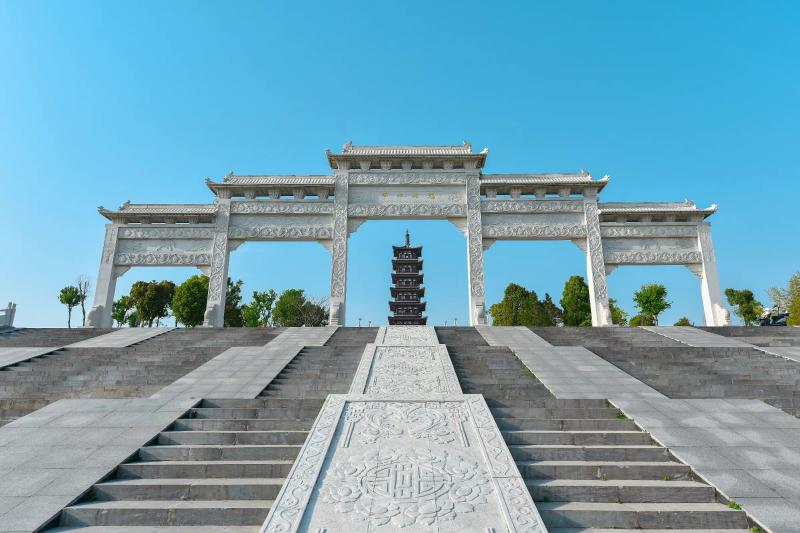Complete China Travel Itinerary: Black Myth Zhong Kui Real-World Locations
Explore the legendary homeland of Zhong Kui, the ghost-slaying deity, through temples and cultural sites that inspired Chinese folklore and gaming culture.
This specialized itinerary takes you through the sacred sites and cultural centers connected to Zhong Kui (钟馗), China’s most famous demon-slaying deity. Perfect for travelers fascinated by Chinese mythology, folk religion, and the intersection of legend with contemporary gaming culture, this journey reveals the real locations behind one of China’s most beloved protective spirits.
Zhong Kui 钟馗: The Demon Slayer’s Sacred Trail
An immersive journey through the places where legend meets reality, exploring the temples, cultural parks, and artistic centers that have kept the Zhong Kui tradition alive for over a millennium. From his legendary birthplace to the artistic capitals that immortalized his image, this guide connects ancient folk beliefs with modern cultural expressions.
Your Zhong Kui Pilgrimage Itinerary
Xi’an, Shaanxi (西安) : The Demon Slayer’s Birthplace
Huyi District (鄠邑区) - Ancient Hu County (户县)
The officially recognized birthplace of Zhong Kui, nestled beneath the sacred Zhongnan Mountains.
- Shangqing Taiping Palace (上清太平宫)

- History: A Taoist complex where Zhong Kui’s spiritual transformation is commemorated
- Connection: Represents the bridge between mortal scholar and immortal guardian
💡 Artistic Detail: The temple showcases both “Martial Zhong Kui” (wielding his demon-slaying sword) and “Literary Zhong Kui” (holding a bat symbolizing fortune and blessings).
- Hall of Zhong Kui’s Blessing (钟馗赐福殿)
- Unique Feature: Houses dual representations of the deity - as both demon slayer and fortune bringer
- Cultural Insight: Demonstrates how Zhong Kui evolved from purely protective to also benevolent
- Zhong Kui Culture Exhibition Hall
- Collections: Ancient scrolls, traditional New Year paintings, sculptures, and folk artifacts
- Highlights: Different artistic interpretations of Zhong Kui across various dynasties and regions
💡 Cultural Learning: Trace the evolution of Zhong Kui’s image through Chinese art history.
💡 Travel Tip: Visit during the Chinese New Year period to witness traditional Zhong Kui performances and blessing ceremonies.
Suzhou, Anhui (宿州): The Artistic Capital
Lingbi County (灵璧县) - “The Hometown of Chinese Zhong Kui Painting”
Where the visual legend of Zhong Kui truly came alive through centuries of artistic tradition.
- China Zhong Kui Painting Art Museum (钟馗画院)

A painting in the museum.
- Significance: Houses the world’s largest collection of Zhong Kui paintings
- UNESCO Recognition: Lingbi Zhong Kui painting is listed as National Intangible Cultural Heritage
- Art Style: Characterized by bold, vigorous brushstrokes and exaggerated expressions that capture the deity’s fierce protective nature
💡 Artist Legacy: The legendary painter Wu Daozi’s connection to this region established Anhui as the artistic heart of Zhong Kui culture.
- Zhong Kui Cultural Park (钟馗文化园)

- Modern Interpretation: A contemporary celebration of the ancient legend
- Features: Sculpture gardens, traditional architecture, and interactive cultural displays
- Local Zhong Kui Temples
- Living Tradition: Active temples where locals still pray to Zhong Kui for protection and good fortune
- Seasonal Festivals: During traditional holidays, elaborate Zhong Kui paintings are displayed in homes and businesses for protection
💡 Cultural Insight: In Lingbi, you’ll discover how Zhong Kui transformed from a mythological figure into a living cultural symbol that continues to inspire contemporary Chinese art.
Extended Zhong Kui Trail: Additional Sacred Sites
Chongqing : Fengdu Ghost City (重庆丰都鬼城)
Zhong Kui Hall (钟馗殿)
- Significance: Part of the famous “Ghost City” complex, representing the underworld realm where Zhong Kui serves as a judge of spirits
- Unique Feature: Elaborate depictions of Zhong Kui’s role in the afterlife bureaucracy
💡 Mythological Connection: Connects Zhong Kui to broader Chinese concepts of death, judgment, and spiritual justice.
Hunan Province: Multiple Locations
- Zhuzhou Guanyin Temple Zhong Kui Ancient Temple (株洲观音寺钟馗古寺)
- Historical Depth: One of the oldest surviving temples dedicated specifically to Zhong Kui
- Architecture: Traditional Southern Chinese temple design adapted for demon-slayer worship
- Xiangtan Zhong Kui Temple (湘潭钟馗庙)
- Local Tradition: Maintained by local communities who have worshipped Zhong Kui for generations
- Cultural Practice: Regular demon-expelling ceremonies, especially during the “Ghost Month”
International Extensions: Malaysia
Zhongnan Ancient Temple (终南古庙)
- Global Reach: Demonstrates how Chinese cultural diaspora carried Zhong Kui worship internationally
- Cultural Fusion: Blend of traditional Chinese worship with local Malaysian cultural elements
City God Temples (城隍庙) Throughout China
The Judge of Good and Evil (赏善罚恶判官)
- Cosmic Justice: In City God temples, Zhong Kui often appears alongside Wei Zheng as judges of human morality
- Dual Role: Wei Zheng rewards the good, while Zhong Kui punishes the evil
💡 Philosophical Insight: Reflects Chinese concepts of cosmic balance and moral accountability.
Cultural Context and Travel Tips
Understanding Zhong Kui’s Evolution
The Zhong Kui legend represents a unique aspect of Chinese culture - the transformation of failure into power. Originally a failed scholar who committed suicide in shame, Zhong Kui was resurrected by the Jade Emperor and granted the power to fight demons. This story resonates deeply with Chinese values of redemption and the triumph of righteousness.
Seasonal Significance
New Year Traditions
- Zhong Kui paintings are traditionally hung during Chinese New Year to protect homes from evil spirits
- The “Five Poisons Festival” (端午节) features special Zhong Kui ceremonies
- Ghost Month (seventh lunar month) sees increased worship and protective rituals